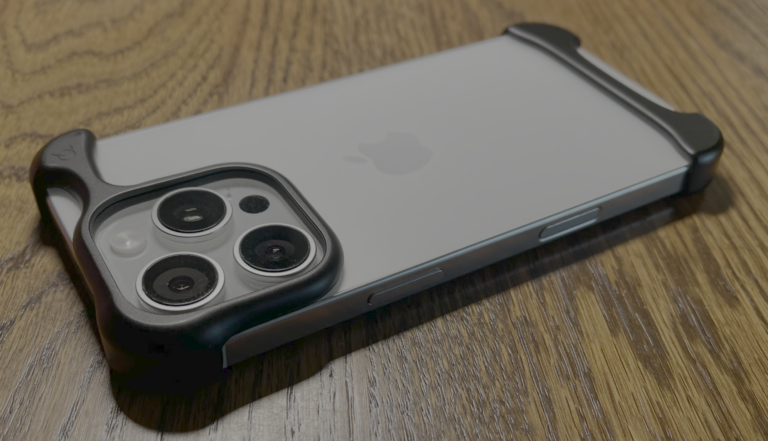Should Educators Even Care About Apple’s Proposed New VisionPro?
It’s hard not to feel, as educators, left out of the conversation when apple announces a new product that will sell for $3500—clearly not targeted for schools! But rather than ignore it as another MacPro device that schools will never see within their four walls, we should pay attention to what this product can do. Why? If we are to prepare learners for their future, not our present, this product has the potential to be a game changer for other products coming down the pike.
To make the point (without insulting anyone’s intelligence), we need to talk vocab: virtual reality (VR) vs augmented reality (AR). VR transports you to another virtual world, made to simulate our real world. Shooter games like Doom or exploring the world in SecondLife were the first exposure to virtual reality for many of us—these were not true virtual reality as they were experienced through the computer monitor. But they both were the precursor that allowed us to grasp the possibilities immersed in a headset. Google Cardboard gave us a glimpse with a low-cost headset. Oculus/Quest, purchased by Meta (Facebook), is arguably the most well-known headset today.
AR, on the other hand, is a combination of the real word mixed with virtual elements. If you experienced Google Glass, that was an early example of augmented reality; you interact with your real world while Glass would superimpose on your eye text or icons that “floated” in the real world. I was initially excited to see Microsoft try to get into the business market with a huge defense contract for their Hololens, but disappointingly, it was a project that fell apart in time. For years, I have believed that VR would have limited impact, rather the true potential market is with AR, which is the most difficult technology to crack.
The disadvantages we experienced with both AR & VR were in implementation. To keep costs down, the experience of using it had to downgrade. Google Glass was limited in what it could project to your eye. Virtual reality headsets remove you from the real world, hence, the only market to make an impact with VR has been games. VR isolates you from other people and objects around you in the real world. Both the resolution of the screens and the refresh rates have to be enormously high to make the experience palatable, something low cost technology cannot achieve—yet. The experience of using these products often was not optimal.
The Apple VisionPro has 23M pixels and roughly 90hz, considerably higher that most previous headsets. They also implemented spatial sound into the device. (In 1990 I visited the Virtual Reality Lab at the University of Washington, and while there learned about the extreme importance of sound with the VR experience). While the VisionPro can be fully immersive VR, most of its emphasis is implemented as an AR experience, utilizing 11 cameras inward and outward to accomplish that. One possible use is computer screens floating in front of you while all the rest of the world is still visible, which Apple is dubbing “spatial computing.” Early implementations of VR/AR required you to hold your hands/arms if front of you to interact with the virtual objects, which is extremely tiring; Apple incorporated downward-facing cameras viewing your hands allowing you to interact in more natural positions. Apple’s emphasis on productivity, as opposed to primarily entertainment, is important for this product’s success.
Even considering Apple’s immense skills at marketing excitement (you always should take the initial buzz of an Apple event with a grain of salt), there are many aspects of this we should pay attention to. AR’s technology experience has been sub-par to this point; that has been its bigger barricade to implementation (not cost). But if getting the technology right so to have a fuller, more positive AR experience, then we have crossed over that hard barrier. We can plan on that expensive technology coming down in price eventually.
I have no illusions that Apple is 100% guaranteed successful with this technology—we have too many years of unsuccessful products littering that road. But their emphasis on including all the right AR technology to create a positive experience for productivity was a breath of fresh air. That gives it more promise than what I have seen with other products in the past. Does anyone want to wear a heavy headset over their eyes?—not really. Can most people afford VisionPro at its proposed initial cost?—not really. Yet when I compare the point in time I bought my first computer to bring to the classroom early in my teaching career because computer access at school was so limited (only one or two computers per school), I suspect the VisionPro is cheaper in real dollars compared to that Apple IIc. Now look at the proliferation of technology in schools compared to then! Experience tells us we should not ignore a technology solely for its initial expense. If Apple and competitors over time can reduce the size and cost without sacrificing the experience, it has potential. As educators, we need to be careful not to write this technology off just yet and keep an eye for the right time to bring it to the classroom. It won’t be next year but it may come sooner than we think.






